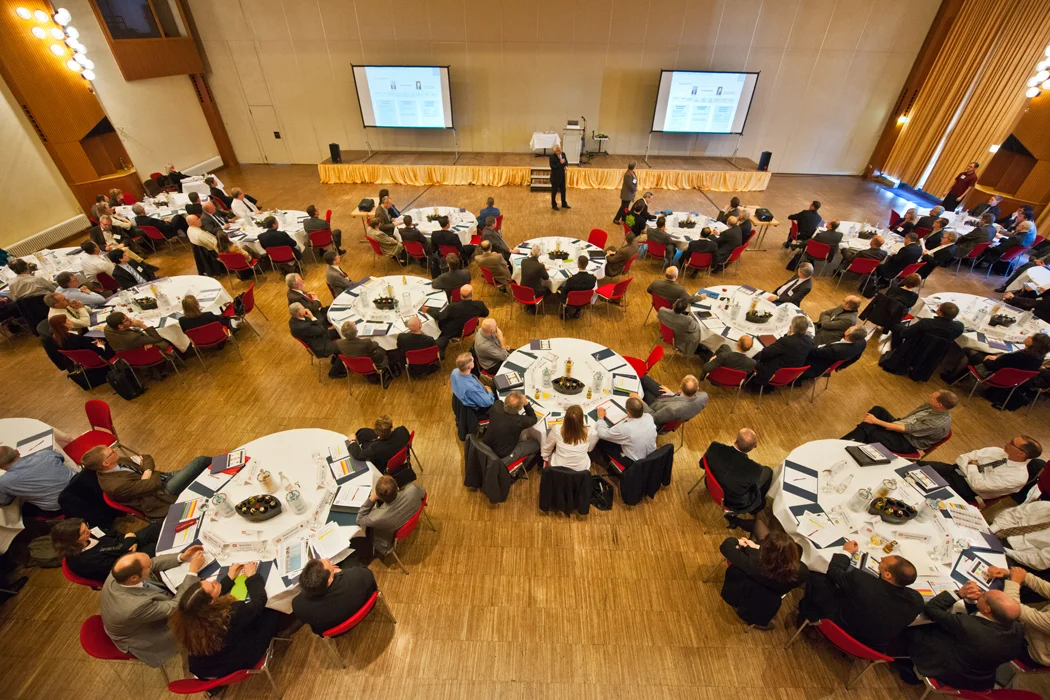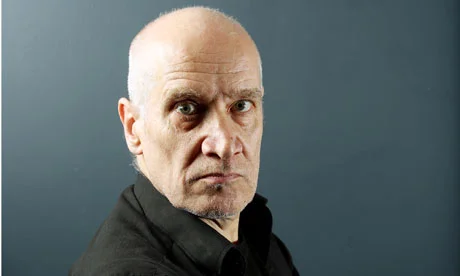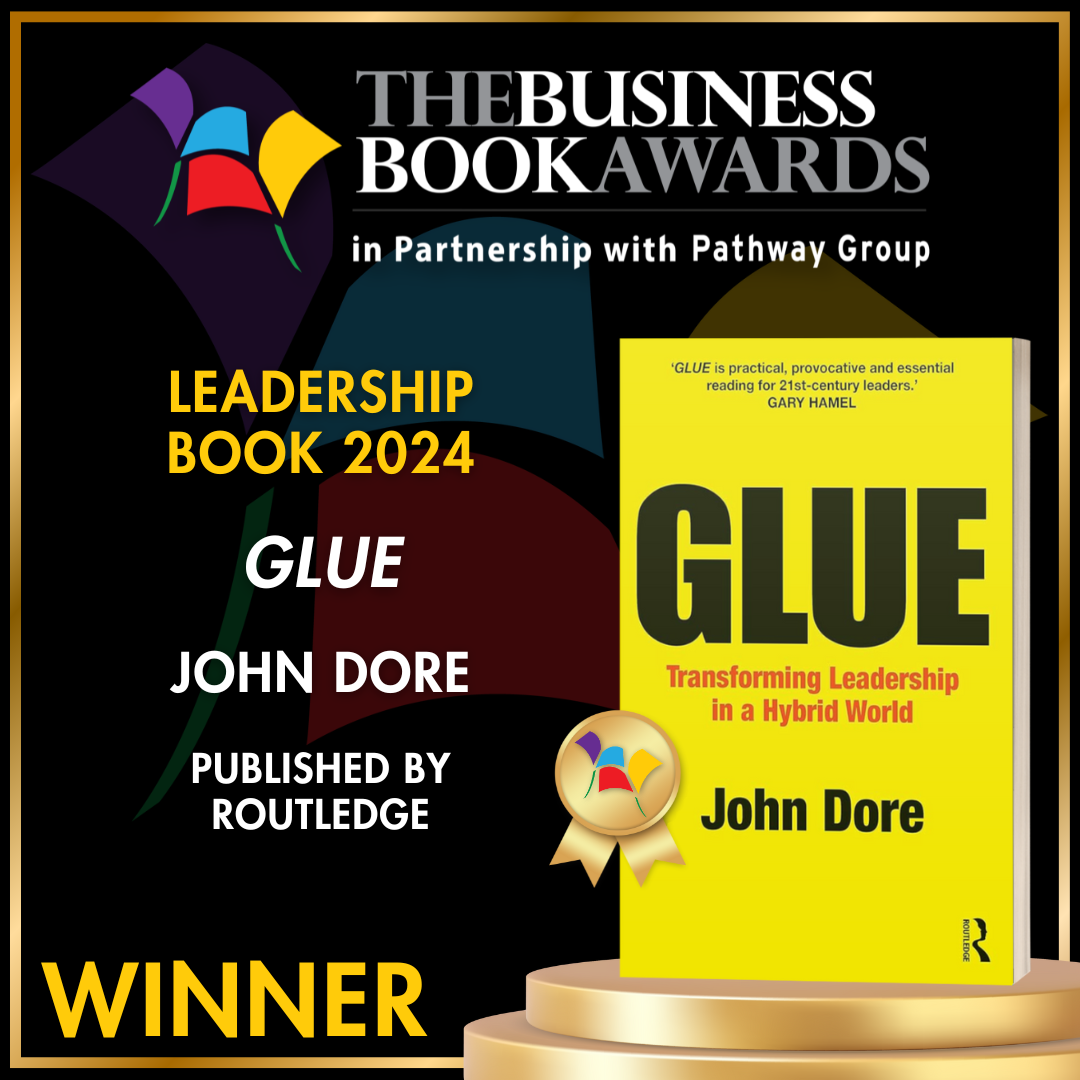I have been fortunate to be involved in hundreds of business events over the years. From glamorous six-star 'retreats' for top-performing managers to ‘down in the basement’ team-meetings. Unfortunately, events are a victim of their own success and, whether big or small, the gravitational pull towards the 'repeat performance' is often over-powering. Too often, these annual events are then repeated in the same format, often in the same venue, with much the same content the following year. But where's the creativity? Where's the much needed fresh perspective? [So - with a gentle nod to the various production teams, faculty, speakers and event designers I have had the pleasure of learning from; herewith a slightly unoriginal 'top ten tips' to consider before you begin organising your next event.]
Involve your AUDIENCE. The design should have in mind, from the off, active participation, engagement, discussion, dialogue and debate which aims to involve everyone. As soon as the event looks like a lecture, or a trip to the theatre, cancel the bus, or better - simply take the team to a real theatre instead. [Remember, cinemas have popcorn, art galleries have a shop and theatres have a curtain. Events that engage employ a facilitator.]
Avoid SEQUELS. How many movie sequels are better loved than the original? Your over-riding concern should be to move on from last year. However successful, don’t simply redo what you did again. Challenge the team to start the planning with this goal in mind. You might want to replicate the success of last year’s event, but in design terms, try to start with a blank canvass.
Reflect on the NEGATIVES. The only useful feedback from the previous year's event is the negative. Too many events are damned with a kind of 'faint praise' that can be at best summarised; 'I was in no way harmed' and rosy-cheeked praise for the hotel, shuttle-bus driver and charismatic keynote. But could anyone remember the content? If you are spending real money on an event, then take note of the attendees who hated it last year, not just the one's who loved it. Design the feedback form as a learning tool, not an easy way to capture platitudes.
Think NEXT GEN. Your organisation team should include some young people. Search out the youngest tech-savvy cynic you can find. Get a 20 year old involved on the planning team. When they grimace at your ideas, sit up. Seek their input: it’s valuable, important and a reality check. You can learn lots from them. Don't ban technology (phones, iPads, etc.) from the hall, make them an integral part of the way the event works.
Make it LOOK different. Throw out the set design, the pedestal, the comfy panel seating, the 4:3 ratio screen. Hire someone new to re-design it. Explain what you are trying to do, and ask them what they think. You might find their radical ideas provide a breath of fresh air.
Don’t serve CHEESE Never turn the event into some kind of "healing". Emotional manipulation and stunts are like so last year. No one should be made to walk across coals, cry, describe their childhood pet or open up in a way that embarrasses or, worse, nauseates. Keep it real and inspiring through the participation of the many, not the life-changing out-pouring of the few emotive types.
Go ELSEWHERE. Einstein said : “Insanity is doing the same thing over and over, and expecting a different result each time.” Forget the usual venues, the same old same old safe cities, hotel chains and conference halls. Surely an organisation that makes enough money to justify a leadership conference or team offsite has the imagination to look beyond the safety of same old, same old.
Re-think THE ROOM. Think about the organisation of the room itself. Everyone knows that they are going to come in to this big room, there are going to find lots of seats, and they are all going to be pointed at the front. SO CHANGE IT. Radical times call for radical change — and that’s a good point to get across. Unsettle. Disrupt. Give attendees an ability to shape space, or explore, not be static and inert.
Don't obsess on BAD FOOD. When choosing the venue - don't get too hung up on the catering. If great food and drink is the priority, book a restaurant and buy the team dinner. Everyone knows how awful the buffet will be - so stick a big sign above it saying: “Eat if you dare.” Engaging the stomach is not the same as engaging hearts and minds.
PROGRAMME it differently. Invite a speaker your audience have never heard of. Invite someone to talk from an industry wholly unrelated to the normal operation of your business. Order the sessions differently. If your CEO typically does the opening address because that is what she/he expects to do, then that's exactly how your audience will react. Yawn. Go on. Put the CEO on after lunch. I dare you.
CONFRONT BORING. The fact that there are articles like this circulating on the the inter-web is not a good thing. The corporate events world is suffering from a lack of imagination. The same programmes. The same content. The same table settings. The same stuff. The same places. The same things. The same phrases. The same “motivational’ speakers. The very fact that you confront this dullness, even in the smallest way, for your audience will be like an energising shot in the arm. And remember, if some of it misfires, use the feedback and re-shape for next year.
Yes, and I know that’s a top ten list with eleven items. I'm just mighty impressed you stayed with me this far.






























